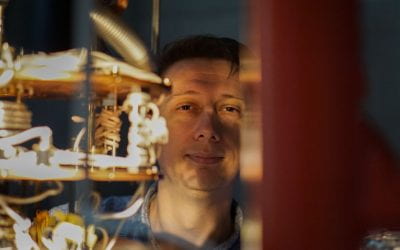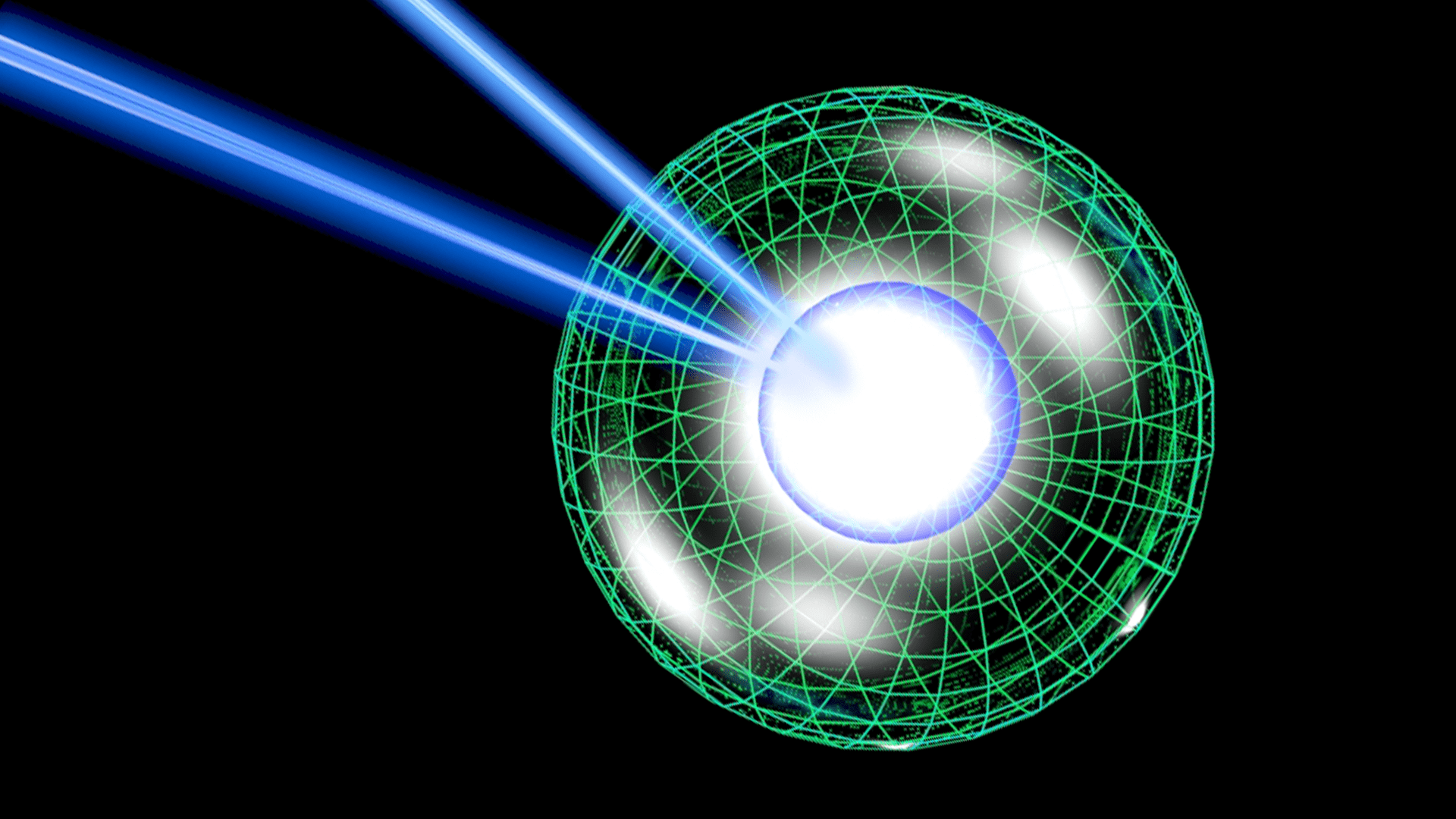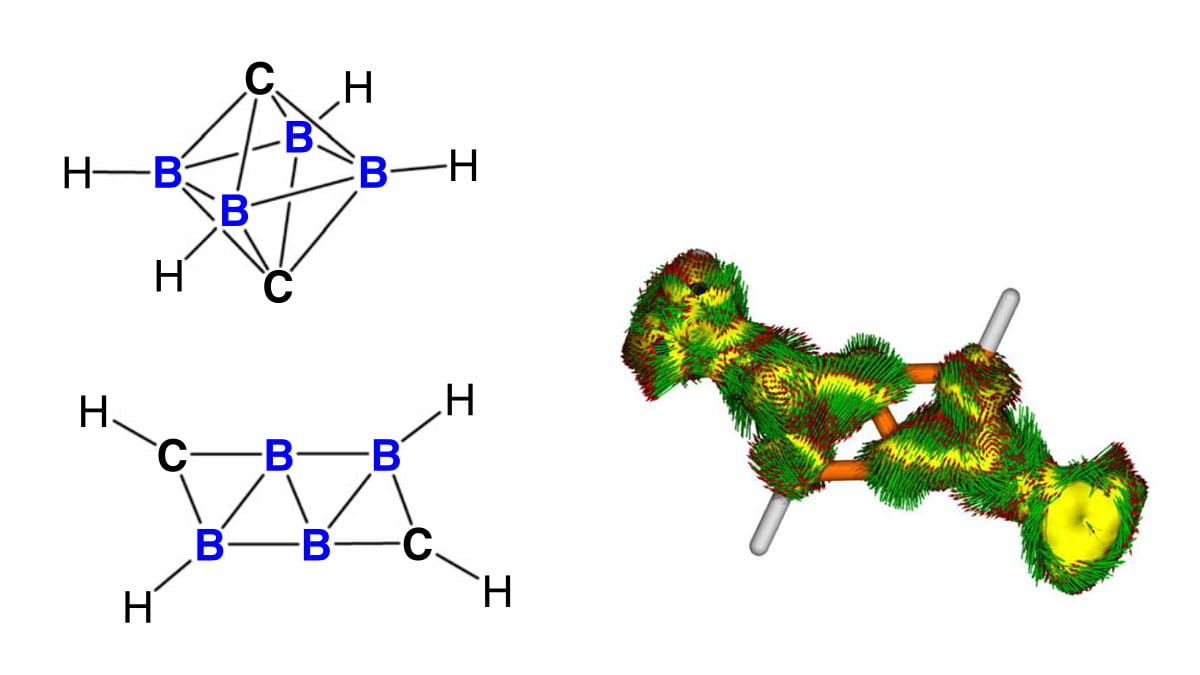Physicists have created a hybrid material in which superconductivity and magnetism interact, which could be used to create a new type of quantum computer.
Weird Flex But Okay: Researchers Develop a Superior Piezoelectric Material
A newly-developed piezoelectric material can flex forty times more than its competitors, opening the way to better micro machines.
SPMS PhD Student Johan Chrisnata Wins ISITA 2020 Best Student Paper Award
Our warmest congratulations to SPMS PhD student, Johan Chrisnata for winning the ISITA 2020 Best Student Paper Award, which discusses about the sequence reconstruction problem.
Quantum Reservoir Processing: Harnessing Machine Learning for Quantum Physics
The emerging field of Quantum Machine Learning aims to combine quantum computing with neural networks to create computing devices with unprecedented capabilities. Physicists at NTU’s School of Physical and Mathematical Sciences introduced a new concept called a Quantum Reservoir Processor, which can be used to tackle difficult problems in quantum physics.
An Ultra-fast-speed Terahertz Silicon Chip for the Future
Scientists from NTU and Osaka University have developed a communication chip based on “photonic topological insulators” that may enable the next generation of ultra-fast wireless communications.
They PhDid It! (Part 5): Dr Gan and Spintronics
Every year in CoS, dozens of PhD students defend their thesis and earn their doctorate, the highest university degree. In this series, we catch up with some new doctors to find out about their experience of doing a PhD in CoS, what made them embark on the intense four year journey and what plans they have for the future. Meet Dr Gan Weiliang, a research fellow from SPMS.
Building A Michelson Interferometer
The Michelson interferometer is a device that uses optical intereference to measure extremely small distance variations. First invented in the late 19th century, it remains in active use today; in 2017, the Nobel Prize in Physics was awarded to the LIGO experiment for using large-scale Michelson interferometers to detect gravitational waves. Recently, our team at SPMS set out to construct a Michelson interferometer for science education and outreach.
Probing the Ultimate Limits of Quantum Detection
Suppose you only have enough energy to produce a dozen photons — what can you use them to see? In a new theoretical paper, the ultimate detection limits imposed by the laws of quantum physics have been derived, solving a decade-old open problem in quantum theory.
Discovery of a Two-Dimensional Carborane Cluster
A new form of carborane, a cluster of carbon and boron atoms arranged in an unusual flat pattern, has been isolated by chemists at Nanyang Technological University, Singapore. This discovery has overturned a 50-year old set of theoretical rules central to cluster chemistry, paving the way to a new family of chemicals.
Physicists Create a Four Dimensional Synthetic Material
As we all know, space is three dimensional. Many aspects of physics, including the fundamental properties of matter, depend strongly on the dimensionality of space. For instance, 2D materials like graphene, in which the atoms are confined to a two dimensional plane, have properties very different from standard 3D materials. Now, researchers have created a synthetic material that behaves as though it has four dimensions (4D), higher than the number of dimensions in the space around us.










